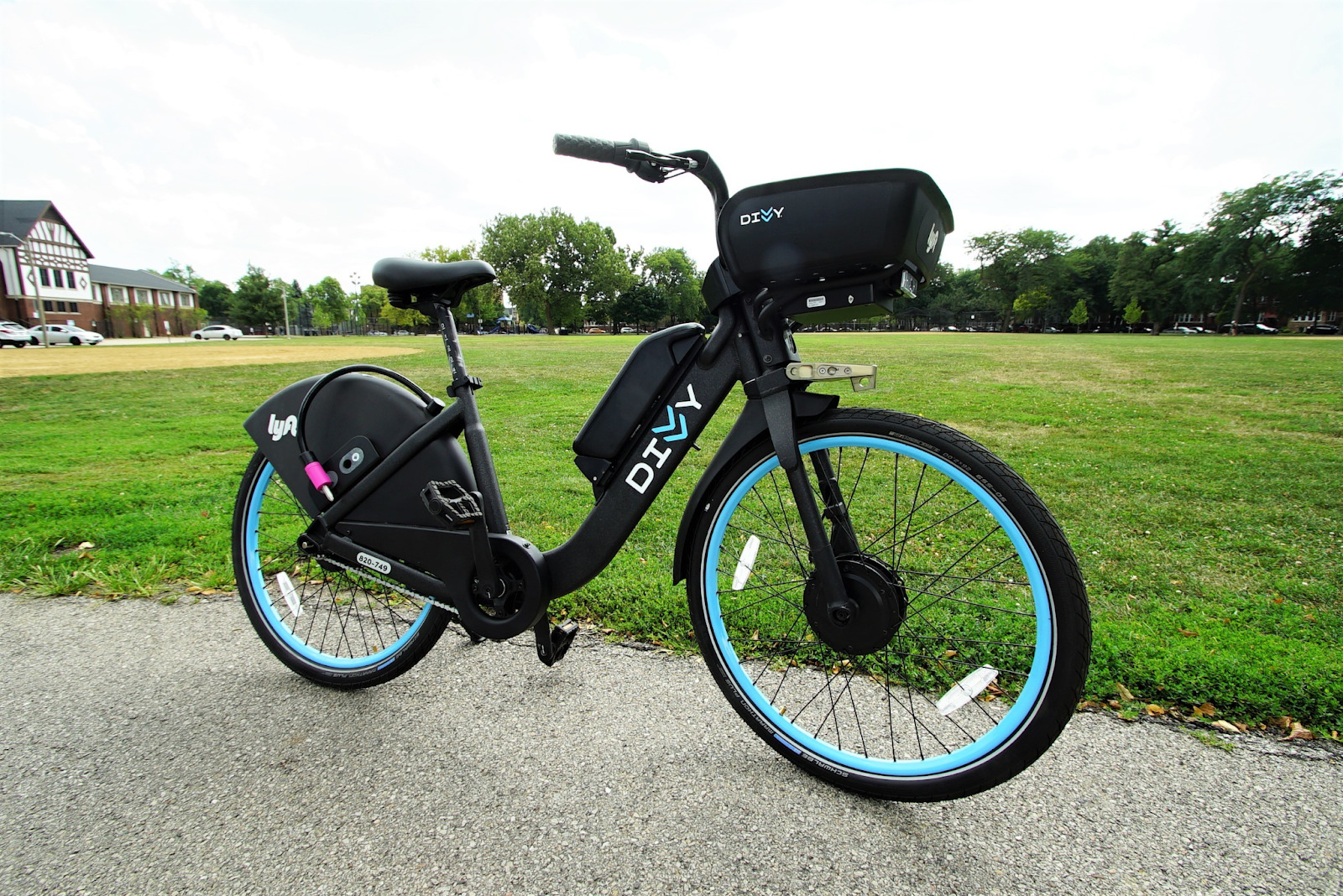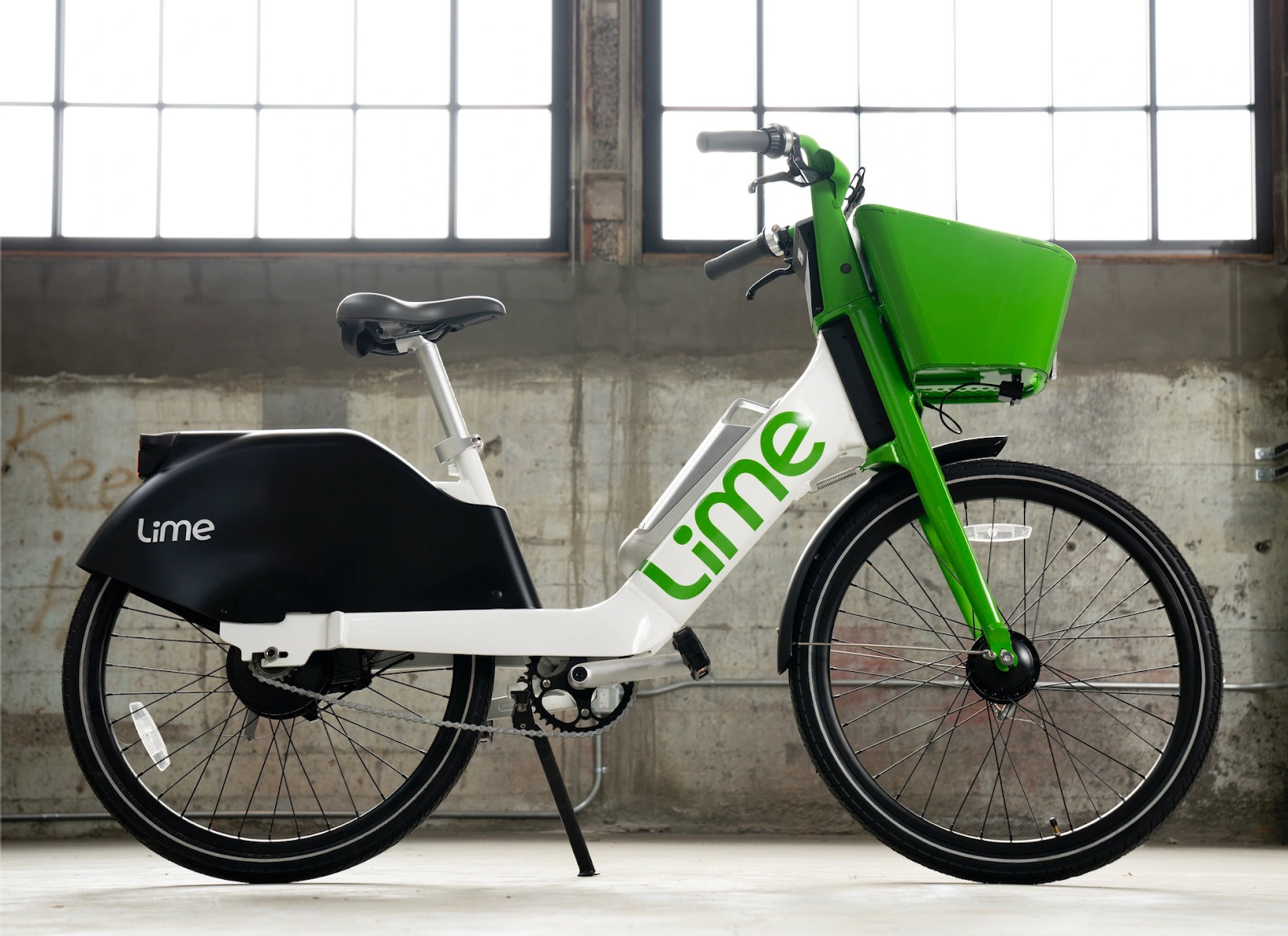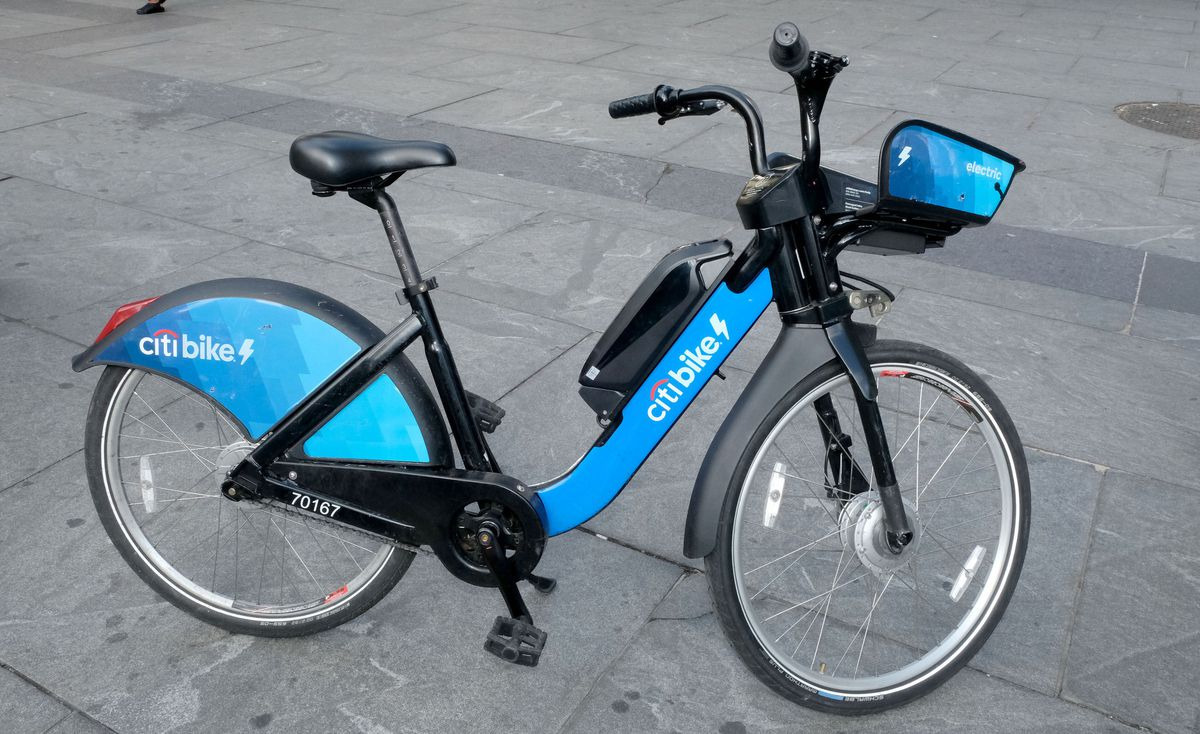Have you ever wanted to reap the benefits of using a bike as transportation without the headache of maintaining and storing it? Well, there’s an app for that. Or should I say, there are several apps for that?
Over the course of the last several years, there have been many companies that want to bring the Netherland’s favorite form of transportation to the masses.
What is Bike Sharing?
The concept is simple: Bike stations are set all throughout the city. You can rent a bike and pay for a particular amount of time and you can return it to any hub in the city.
With a growing push for EVs and more “green” commuting practices, renting bikes to get around seems like the logical next step in helping eco-conscious city-dwellers navigate the concrete jungle all while burning some calories and beating the traffic.
Top 5 Bike Share Programs
Here are some of the best bike-sharing services and how to find the right one for you.
1. Bixi
Located in Montreal, Canada, Bixi got it’s start in 2014. It was started by the city as a non-profit organization to manage it’s bike-sharing system. A lot of the key bike sharing players in the USA can contribute their success directly to Bixi – they laid the foundation for how to operate, what to do, and what not to do.
With over 9,000 bikes and 680 stations spread throughout Greater Montreal, Bixi is the go-to bike-share service provider. One of the downsides of Bixi is they are only available for 7 months a year. As most Canadians know, the winters can be pretty harsh – I guess it’s not so fun riding bikes in sub-freezing temperatures!
As for pricing, they offer seasonal options, monthly options, and one-way options. They also offer both traditional bikes and ebikes.

Pros
- Over 9,000 bikes and over 600 stations
- Flexible pricing options – there is something for everyone
- They partner with many local businesses – grocery stores and museums – so you can get discounts with their partners
Cons
- Only offer the bikes seasonally – so you’re out of luck for roughly 5 months of the year
- Prices are a bit higher than the competition
- Not the best customer service according to many rider reviews
2. Divvy
Divvy is a bike share system based in Chicago. They serve the majority of Chicago as well as the suburb of Evanston. Divvy is the brainchild of CDOT (Chicago Department of Transportation) and it owns all of the bikes and stations.
There is definitely not a shortage of bikes and stations – with over 6,000 bikes and over 500 stations, you’re sure to find a station near you!
There are flexible membership options – annual, single rides, and 24 hour passes. While not the cheapest option of the bunch, they more than make up for it by being available all throughout the city 24/7, 365 days a year. So that means in the dead of a Chicago snowstorm, you could totally take a Divvy bike to grab a deep-dish pizza or Chicago dog.
Some of the most popular bike routes are the Lakefront Trail North, Navy Pier, Museum Campus, Lakefront Trail South, The 606, and Promontory Point.

Pros
- Available year-round, 24/7
- Love hearing user feedback and continue to expand their service area
- Acquired by Lyft – so you can use Lyft to pay for a Divvy bike
Cons
- Some users state that Divvy bikes are heavier than most
- The 30-minute time limit can feel constraining and charges can add up if you go over the time limit
- Popular bike stations can get filled up – so when you arrive you have to look for another station to put your bike in
3. Lime
Lime (formerly known as LimeBike) was founded in early 2017 in sunny San Francisco. Lime has been a lot of things over the years. It started with a sole focus on bike rentals – hence the name LimeBike – but after one of their competitors introduced electric scooters, they decided to hop on the bandwagon.
After shifting focus from proper bike rental, they acquired Jump in 2019 and have since incorporated traditional bikes into their offerings.
However, as of early 2021, Lime has decided to go all in. They are planning to spend $50 million on new e-bikes as well as expanding to more than 50 new cities by 2022 – including Europe.
Lime has a wide variety of options – bikes, e-bikes, scooters – you name it, they have it. They are also located in many states throughout the USA as well as a big presence in Europe. Their pricing model is based upon time instead of distance. But don’t get too excited – they do have speed limiters on all of their vehicles. They also allow you to check the price before committing – simply scan the QR code with the smartphone and you get to decide.

Pros
- Wide range of options – Traditional bike, e-bike, electric scooters
- Charge by time – not distance.
- Available in the USA and Europe. Big expansion plans.
Cons
- With the abundance of bikes and low cost – many people are leaving them on the sidewalk and it can be an eye sore
- App forces you to use the Lime app – you can’t use Google maps
- Bikes are not as sturdy as some of the competitors
4. Citi Bike
We couldn’t forget about the big apple with this list. This is New York’s premier bike-sharing service. With Citi Bike there are over 12,000 bikes and over 600 stations, availability is currently limited to the popular neighborhoods like Manhattan, Brooklyn, Queens.
They are also currently servicing Jersey City, New Jersey. The good news is that they are undergoing expansion and should have more availability. Also, this outfit is “powered” by Lyft, sponsored by Citi, and operated by Motivate.
So if you’re not up for the subway or taxi, Citi bike could be a nice alternative. But get ready to pay! Although you can choose between traditional bikes or e-bikes, you’ll have to pay an extra $4 for every 15 minutes you go over the allotted 30 minutes for day pass users.
This can add up very quickly if you’re not careful. Though they do offer subsidies for low-income riders, military vets, and New York public housing residents. So if you’re visiting the city that never sleeps, give Citi Bike a whirl when visiting the city’s many sights.

Pros
- Plenty of bikes and stations in the city’s most popular neighborhoods
- Subsidies offered to certain riders that qualify
- Growth and expansion planned to be able to service more of New York
Cons
- Very expensive – overage charges can add up quickly
- Not available in less popular neighborhoods
- Some riders complained about not being able to dock the bikes properly at some of the stations
5. Lyft
Welp, I had to save the best for last. Although some of the companies we’ve reviewed up to this point are under the Lyft umbrella, I figured it was still worth talking about Lyft. Started in 2012 as a ride-share focused company, Lyft has had it’s hand in the bike-share space for some time.
Over the years, they acquired key players in many major markets including: Bay Wheels in the Bay Area, Divvy in Chicago, CoGo in Columbus, Capital Bikeshare in the DC and surrounding metros, Nice Ride in Minneapolis, Citi Bike in New York, and BikeTown in Portland.
In 2020, Lyft saw a huge uptick in the use of its bike-share programs. It has since doubled down and is now investing in bringing a new and improved e-bike to a city near you. Sporting a beefier frame, bigger battery, and ease of use, it’s going to make getting around a lot easier.
The great thing about Lyft is that you can access all of these different bike sharing companies through their convenient and easy-to-use app. Their latest offering is “Lyft-Pink” where you can pay a $199 annual fee and get unlimited 45-minute rides on the non-electric bike and discounted rates on their ebikes.

Pros
- Steadily acquiring bike-share companies has allowed Lyft to have the most availability throughout the USA
- If you already have the Lyft app for rideshare, using it for bike-share is super simple
- Latest e-bike addition is more powerful, has stronger brakes, and even more safety features than before
Cons
- Older bikes had questionable braking issues
- Price hikes started during the beginning of the pandemic in 2020 and are still high
- The acquisition of many smaller bike-share companies and reducing competition may affect rider-choice in the future
Which Bike Sharing Company is Best?
As more and more companies break into this space, pricing and availability will become more competitive. If you live in a city, the idea of having a car is becoming less appealing.
With increasing fuel costs, maintenance costs, parking, and other expenses of owning a vehicle, renting a bike when you need to get around is looking a lot more appealing.
Which of these companies have you used before and what has your experience been like? Are you bullish on bike-sharing as a whole or are there too many obstacles for these companies to overcome? Let us know in the comments below.





